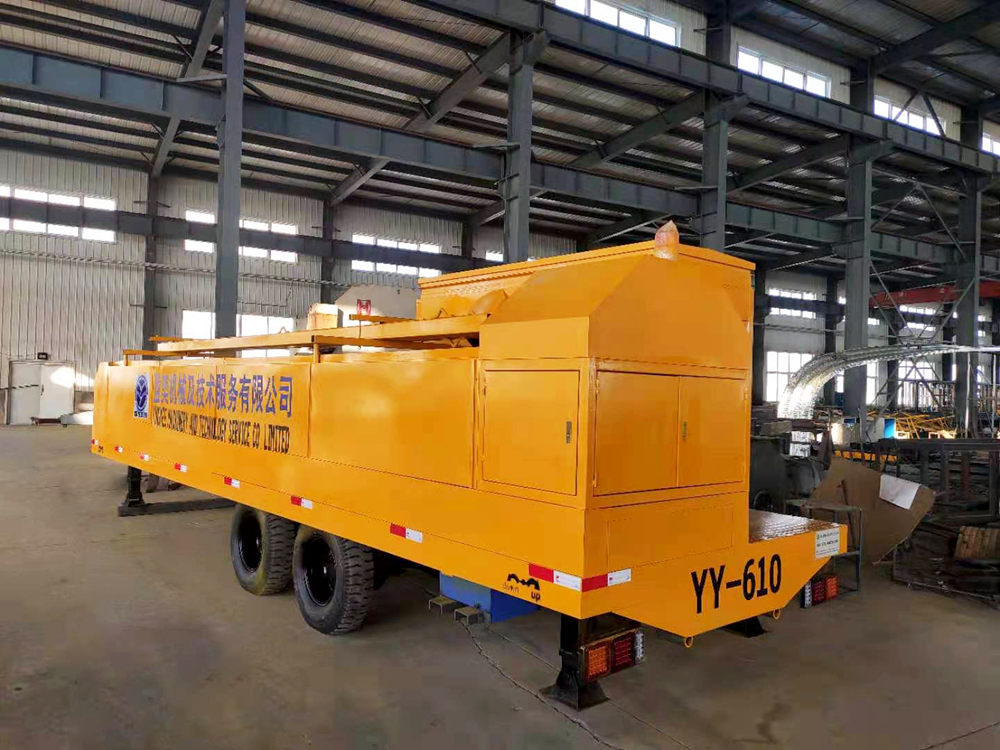
Understanding the Crash Barrier Cold Bending Machine A Critical Tool in Safety Engineering
In the contemporary world, road safety measures have become increasingly significant due to the rising number of vehicles on the road and the corresponding increase in accidents. One essential component of road safety systems is the crash barrier, designed to prevent vehicles from veering off the road and to minimize damage during collisions. The manufacturing of these barriers requires precision engineering, and this is where the crash barrier cold bending machine becomes essential.
What Is a Crash Barrier Cold Bending Machine?
A crash barrier cold bending machine is a specialized piece of equipment designed for the cold bending of metal profiles used in safety barriers. Unlike traditional bending processes that generate heat, cold bending occurs at room temperature, which helps retain the material's structural integrity while achieving the desired shapes and dimensions. This process is crucial for producing high-quality crash barriers that can withstand significant impact forces.
The machine's design involves several components, including a bending unit, a control panel, and a feeding mechanism. The bending unit typically consists of rollers that apply controlled pressure to the metal sheets, ensuring smooth and precise bends. The control panel allows operators to set parameters such as bend angles, lengths, and speeds, making it user-friendly and efficient.
Benefits of Cold Bending in Crash Barrier Manufacturing
1. Enhanced Material Strength One of the primary benefits of cold bending is that it maintains the initial strength of the metal. When steel is bent at room temperature, it retains its tensile strength, which is crucial for safety barriers tasked with withstanding heavy impacts.
2. Precision and Consistency The cold bending process allows for precise control over the bending angles and dimensions of the metal profiles. This consistency ensures that all produced crash barriers meet stringent safety standards, which is vital for their effectiveness in real-world scenarios.
3. Reduced Energy Consumption Cold bending does not require the energy-intensive heating processes associated with hot bending. As a result, the energy costs associated with manufacturing crash barriers are reduced, making the overall production process more environmentally friendly and cost-effective.

4. Improved Surface Finish Cold bending minimizes the risk of oxidation and surface degradation typically associated with heated processing. This leads to better surface finishes on the final product, which can enhance corrosion resistance and extend the lifespan of the barriers.
Applications of Crash Barriers
Crash barriers have diverse applications on roads, highways, and construction sites. They are primarily used to shield vehicles from hazardous areas, such as cliffs, sharp turns, and road construction zones. Furthermore, they play a crucial role in protecting pedestrians and infrastructure from accidental vehicle incursions. The quality of the crash barrier directly influences the safety of these applications, thereby highlighting the importance of using advanced machinery like the cold bending machine.
The Future of Crash Barrier Manufacturing
As road safety regulations evolve and the demand for innovative safety solutions increases, the crash barrier manufacturing industry must adapt. The integration of technology, such as automation and smart manufacturing, can further enhance the capabilities of cold bending machines. Advanced control systems equipped with sensors and AI can optimize bending parameters in real-time, ensuring maximum efficiency and quality.
Moreover, there is a growing emphasis on sustainability in manufacturing processes. Manufacturers are exploring eco-friendly materials and processes that reduce waste and energy consumption, aligning with global efforts to combat climate change.
Conclusion
In summary, the crash barrier cold bending machine is a vital asset in the production of safety barriers, contributing to enhanced road safety and accident prevention. Its ability to provide precision, strength, and cost-effectiveness makes it an indispensable tool in the manufacturing sector. As technology continues to advance, the potential for improvements in the design and operation of these machines will significantly influence the future of road safety engineering. Ultimately, investment in such technology will ensure better and safer roads for all users, significantly reducing the risks associated with vehicular accidents.